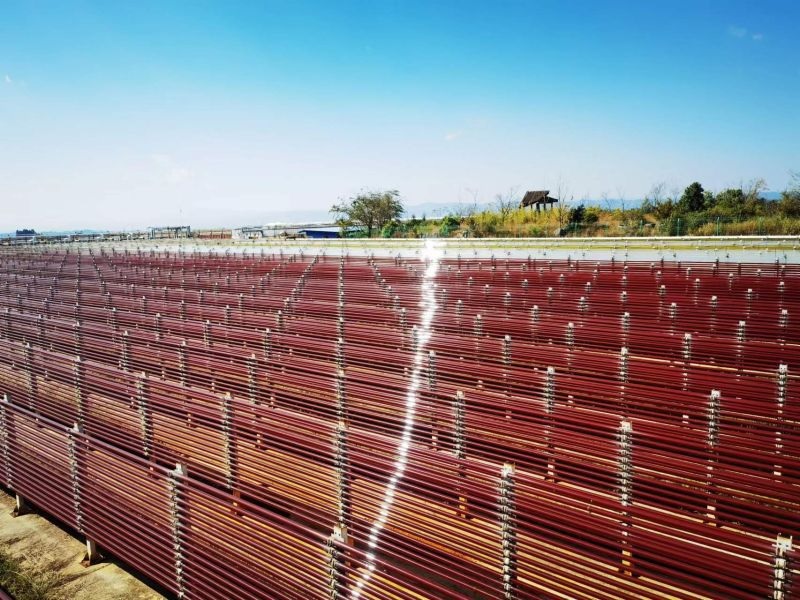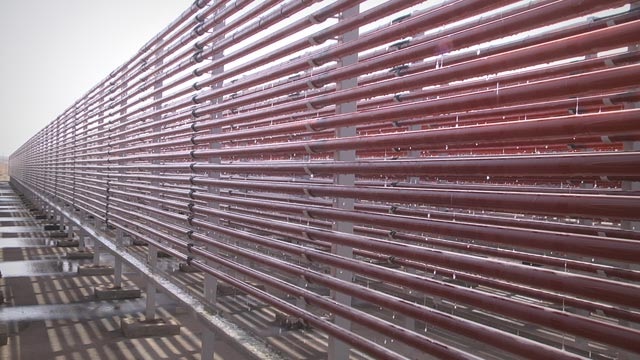Project 4 — Asparagopsis Taxiformis Seaweed
Carotenoid: Ketones: Astaxanthin (Haematococcus pluvialis)
Astaxanthin is produced naturally in the freshwater microalgae Haematococcus pluvialis. Historically, and until only very recently, the cost of astaxanthin extraction, high market price, and lack of efficient fermentation production systems, combined with the intricacies of chemical synthesis, discourage its commercial development.
Astaxanthin is used as a dietary supplement, as well as human, animal, and aquaculture consumption, a feed supplement, as well as food colorant for salmon, crabs, shrimp, chickens and egg production. Synthetic carotenoid pigments colored yellow, red or orange represent about 15–25% of the cost of production of commercial salmon feed.


The biggest demand in Indonesia, and beyond, for Astaxanthin, is for both dietary supplements, as well as for cosmetics and colorants. In 2020, the European Food Safety Authority reported that an intake of 8 mg astaxanthin per day from food supplements is safe for adults.
Astaxanthin is used as a dietary supplement, as well as human, animal, and aquaculture consumption, a feed supplement, as well as food colorant for salmon, crabs, shrimp, chickens and egg production. Synthetic carotenoid pigments colored yellow, red or orange represent about 15–25% of the cost of production of commercial salmon feed.
Website Disclaimer
It has come to our attention that there have been attempts by individuals to be falsely representing Capitable Limited (Hong Kong)
Please be aware that ONLY emails coming from Capitable.US domain originate from Capitable Limited (Hong Kong)
Specifically, ANY emails originating from capitable.ltd, as of October 20, 2023, (domain renewal date) or later, DO NOT originate from anyone representing Capitable Limited (Hong Kong).
